Life Inside the Cascades Female Factory
A Glimpse into the Tasmanian Past
Nestled in the shadow of Mount Wellington in South Hobart, the Cascades Female Factory stands as a stark reminder of the harsh realities faced by female convicts in the 19th century. This institution, operational from 1828 to 1856, was a place of punishment, labor, and survival for thousands of women and children transported to Van Diemen’s Land, now known as Tasmania.
The Arrival
The journey to the Cascades Female Factory began long before the women set foot on Tasmanian soil. Many of these women were transported from the United Kingdom, often for petty crimes such as theft. The voyage across the seas was grueling, and upon arrival, the women were thrust into a world of strict regulations and hard labor.
Daily Life
Life inside the factory was regimented and harsh. The factory was divided into yards, each serving a different purpose. Women were assigned tasks based on their behavior and status. Those deemed well-behaved might engage in spinning wool or needlework, while others faced the backbreaking work of washing clothes or picking oakum. The factory’s primary goal was to instill habits of cleanliness, obedience, and industry.
The Women
The women who lived in the Cascades Female Factory came from diverse backgrounds. Many had grown up in poverty and were accustomed to a life of hardship. Their resilience was tested daily as they navigated the oppressive environment of the factory. Some women, like Unity Rafferty, who was caught trying to escape in men’s clothing, displayed a rebellious spirit that often led to severe punishment.
Mothers and Children
One of the most heart-wrenching aspects of the factory was the presence of children. Many women arrived pregnant or with young children in tow. The factory’s conditions were brutal, and the mortality rate for infants was high. Despite these challenges, the women formed bonds and supported each other, creating a semblance of community amidst the bleak surroundings.
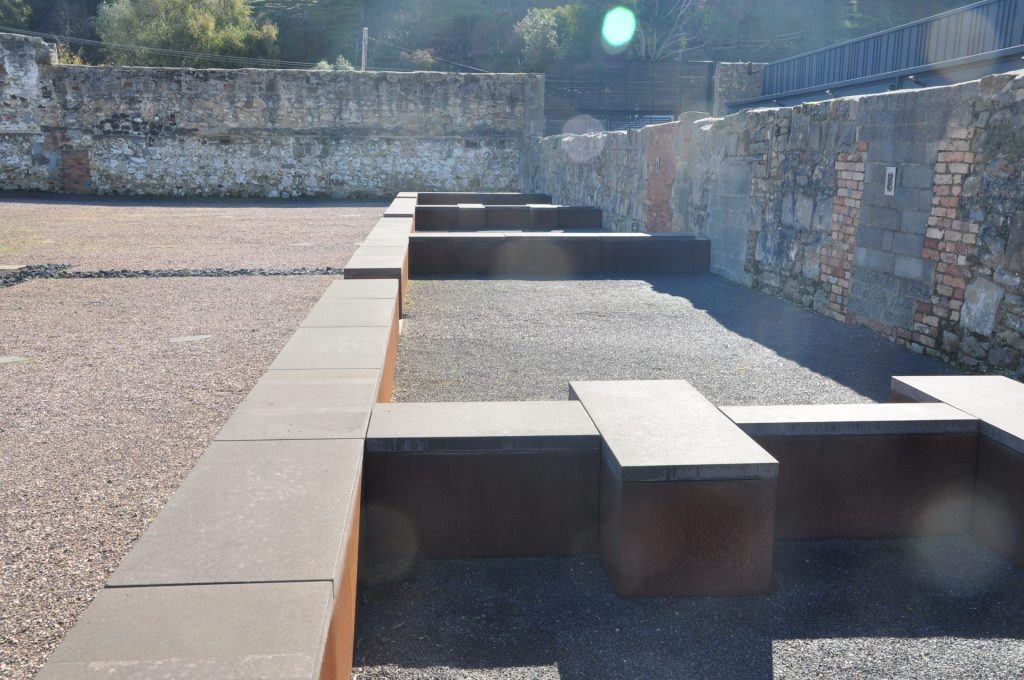
Purpose and Naming of the Cascades Female Factory
Purpose
The Cascades Female Factory was established as a place of secondary punishment for female convicts who had committed further offenses after arriving in Van Diemen’s Land.
Its primary functions included
Punishment and Reform
The factory aimed to discipline and reform women through hard labor and strict routines. It was believed that this would instill habits of industry and obedience.
Workhouse
Women were engaged in various forms of labor, such as laundry, needlework, and wool spinning. This work was not only a form of punishment but also a means to make the institution self-sustaining.
Housing and Segregation
The factory provided accommodation for women awaiting assignment to free settlers or those who were pregnant or nursing infants. It also segregated women based on their behavior and status, with separate yards for different categories of inmates.
Healthcare
The factory included a hospital to care for sick and pregnant women, although the conditions were often poor, and the mortality rate was high.
Naming
The name “Cascades Female Factory” is derived from its location near the Cascades, a series of waterfalls on the Hobart Rivulet. The term “Female Factory” was commonly used in the 19th century to describe institutions where female convicts were housed and put to work. The word “factory” in this context refers to a place of manufacturing or production, highlighting the labor-intensive nature of the institution.
The name reflects both its geographical setting and its function as a place of work and punishment for women. The Cascades Female Factory remains a significant historical site, offering insights into the lives of the women who endured its harsh conditions.
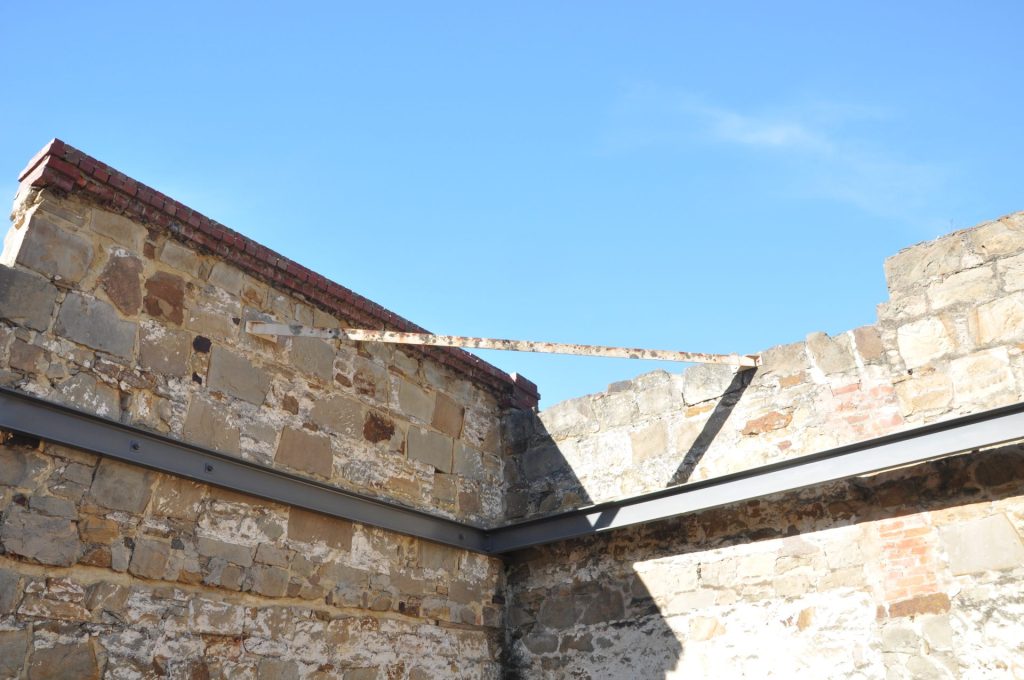
Labor and Tasks at the Cascades Female Factory
The women at the Cascades Female Factory were engaged in a variety of labor-intensive tasks designed to instill discipline and make the institution self-sustaining. The type of work assigned often depended on the women’s behavior, skills, and the needs of the factory.
Laundry Work
One of the most grueling tasks was laundry work. Women spent long hours washing, scrubbing, and drying clothes and linens. This work was physically demanding and often carried out in harsh conditions, with women standing in cold water for extended periods.
Needlework and Sewing
Many women were assigned to needlework and sewing, which included making and mending clothes, uniforms, and other textiles. This work required precision and skill, and it was considered less physically demanding than laundry work, making it a preferable assignment for many.
Wool Spinning and Weaving
Another significant task was wool spinning and weaving. Women spun wool into yarn and then wove it into fabric. This work was essential for producing materials needed within the factory and for sale outside, contributing to the factory’s self-sufficiency.
Picking Oakum
Picking oakum involved unraveling old ropes to extract fibers, which were then used to caulk wooden ships. This task was tedious and hard on the hands, often assigned as a form of punishment for women who broke the factory’s rules.
Domestic Duties
Women also performed various domestic duties, such as cooking, cleaning, and maintaining the factory’s facilities. These tasks were crucial for the daily operation of the factory and ensured that the living conditions, though harsh, were somewhat manageable.
Childcare
For those women who arrived with children or gave birth while at the factory, childcare was an additional responsibility. The factory had a nursery yard where mothers could care for their infants, although the conditions were far from ideal, and the mortality rate among children was high.
Agricultural Work
In some instances, women were also involved in agricultural work, such as tending to gardens and livestock. This work helped provide food for the factory and offered a brief respite from the more monotonous indoor tasks.
The labor performed by the women at the Cascades Female Factory was not only a means of punishment but also a way to instill discipline and contribute to the institution’s self-sufficiency. Despite the harsh conditions, the women displayed remarkable resilience and adaptability, forming a unique community within the factory walls.
Conclusion
The Cascades Female Factory stands as a poignant testament to the resilience and endurance of the women who lived and labored within its walls. From grueling laundry work to intricate needlework, the tasks these women performed were both a means of punishment and a way to contribute to the factory’s self-sufficiency. Despite the harsh conditions and the often monotonous and physically demanding labor, the women formed a unique community, supporting each other through the challenges they faced.
The factory’s purpose as a place of punishment and reform, combined with its diverse range of labor tasks, highlights the complex and often harsh realities of life for female convicts in 19th-century Tasmania. The name “Cascades Female Factory” reflects both its geographical setting and its function as a place of work and discipline.
Today, the Cascades Female Factory serves as a significant historical site, offering valuable insights into the lives of the women who endured its harsh conditions. Their stories of resilience, adaptability, and solidarity continue to inspire and educate, reminding us of the enduring power of the human spirit in the face of adversity.
Join the Discussion
The history of the Cascades Female Factory offers a compelling glimpse into the lives of the women who endured its harsh conditions. Their stories of resilience, adaptability, and solidarity continue to resonate today.
What aspects of the women’s lives at the Cascades Female Factory do you find most striking or surprising?
How do you think the labor and tasks performed by these women shaped their experiences and sense of community?
In what ways can the stories of these women inspire us in our modern lives?
What lessons can we learn from the history of the Cascades Female Factory about resilience and human spirit?
Feel free to share your insights, ask questions, or reflect on how this piece of history connects with broader themes of punishment, reform, and community. Your contributions can help us better understand and appreciate the enduring legacy of the women who lived and worked at the Cascades Female Factory.
Life Inside The Cascades Female Factory – All photos by Mike Fernandes
Hashtags

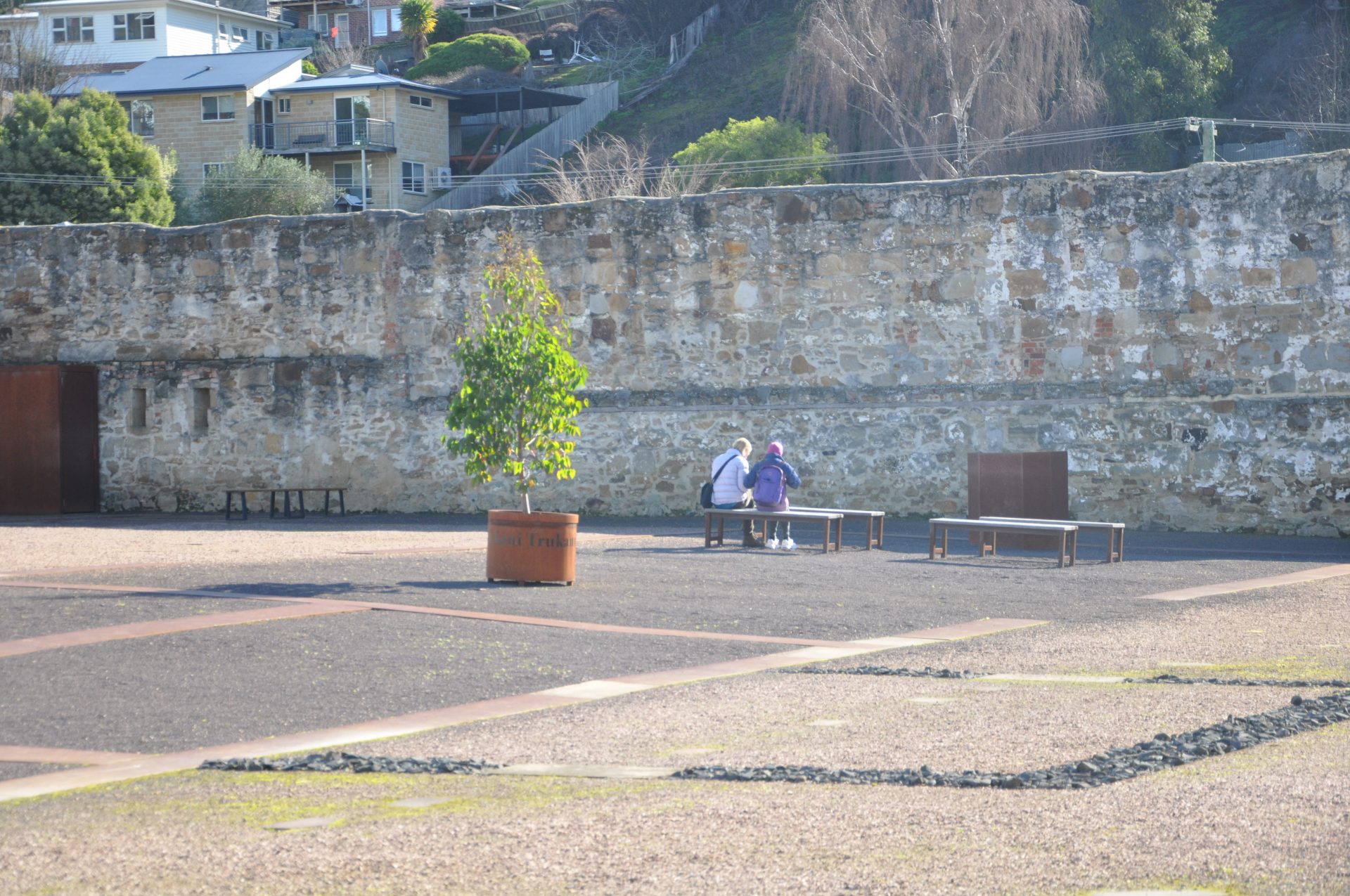
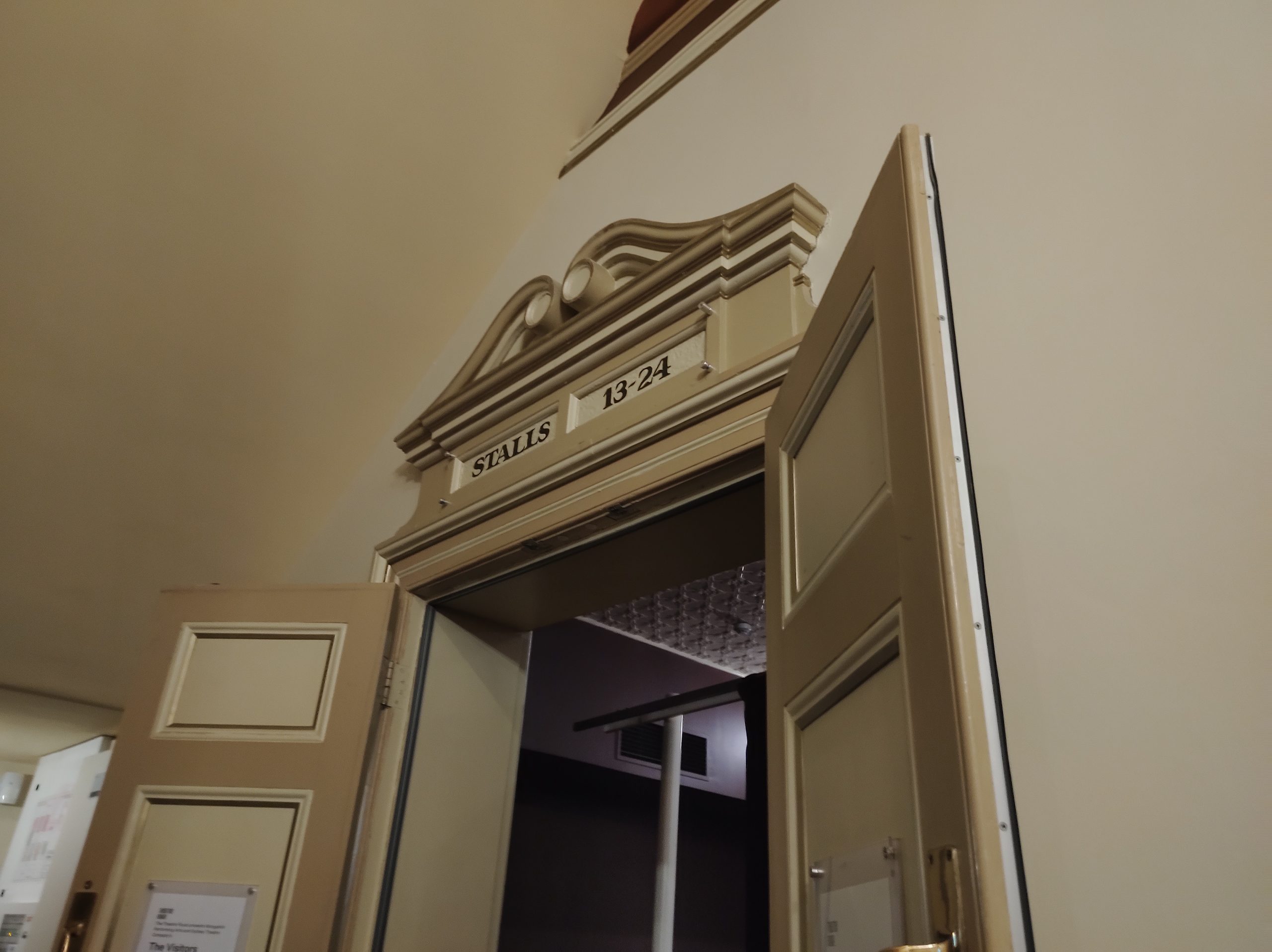
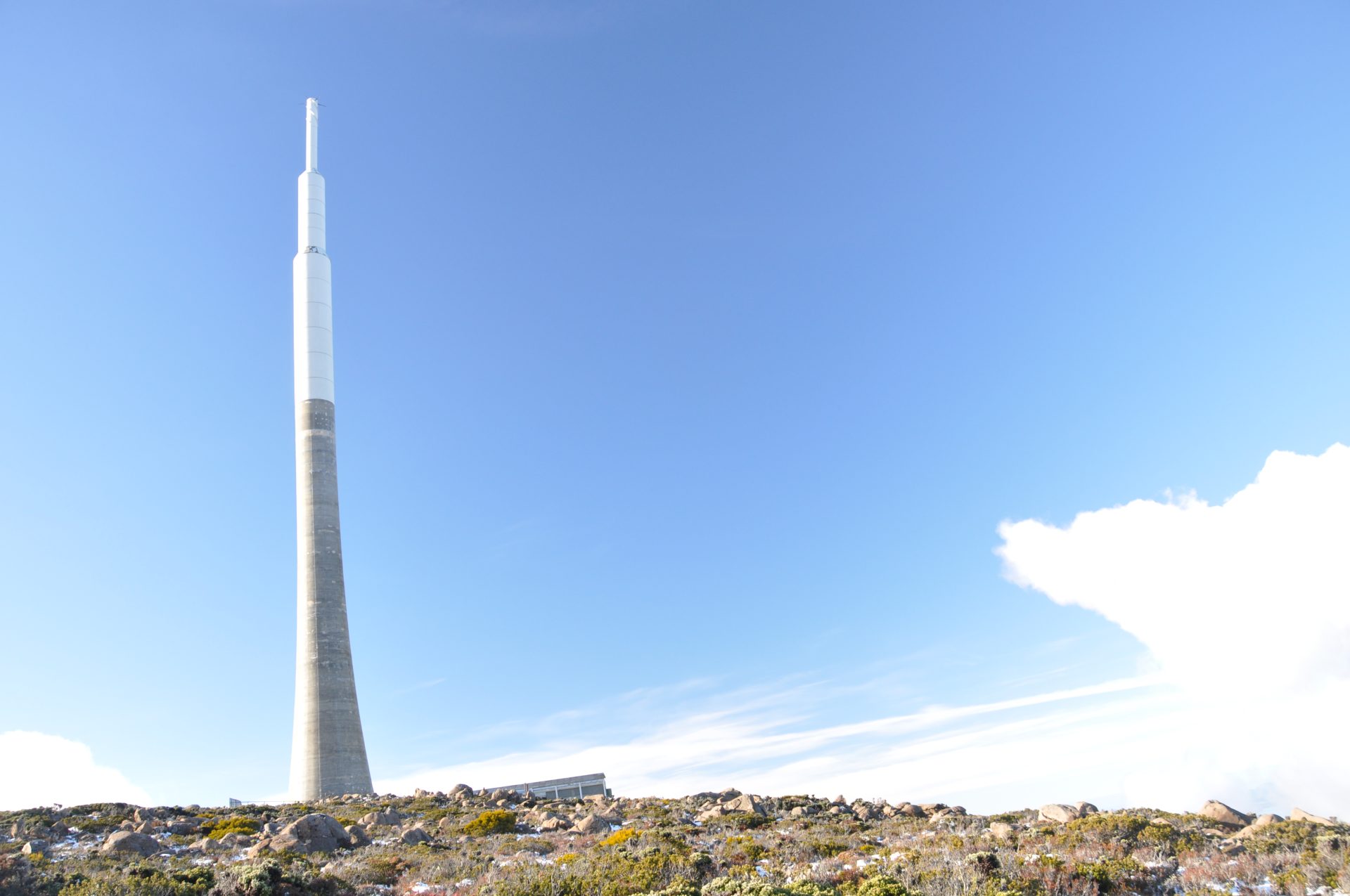

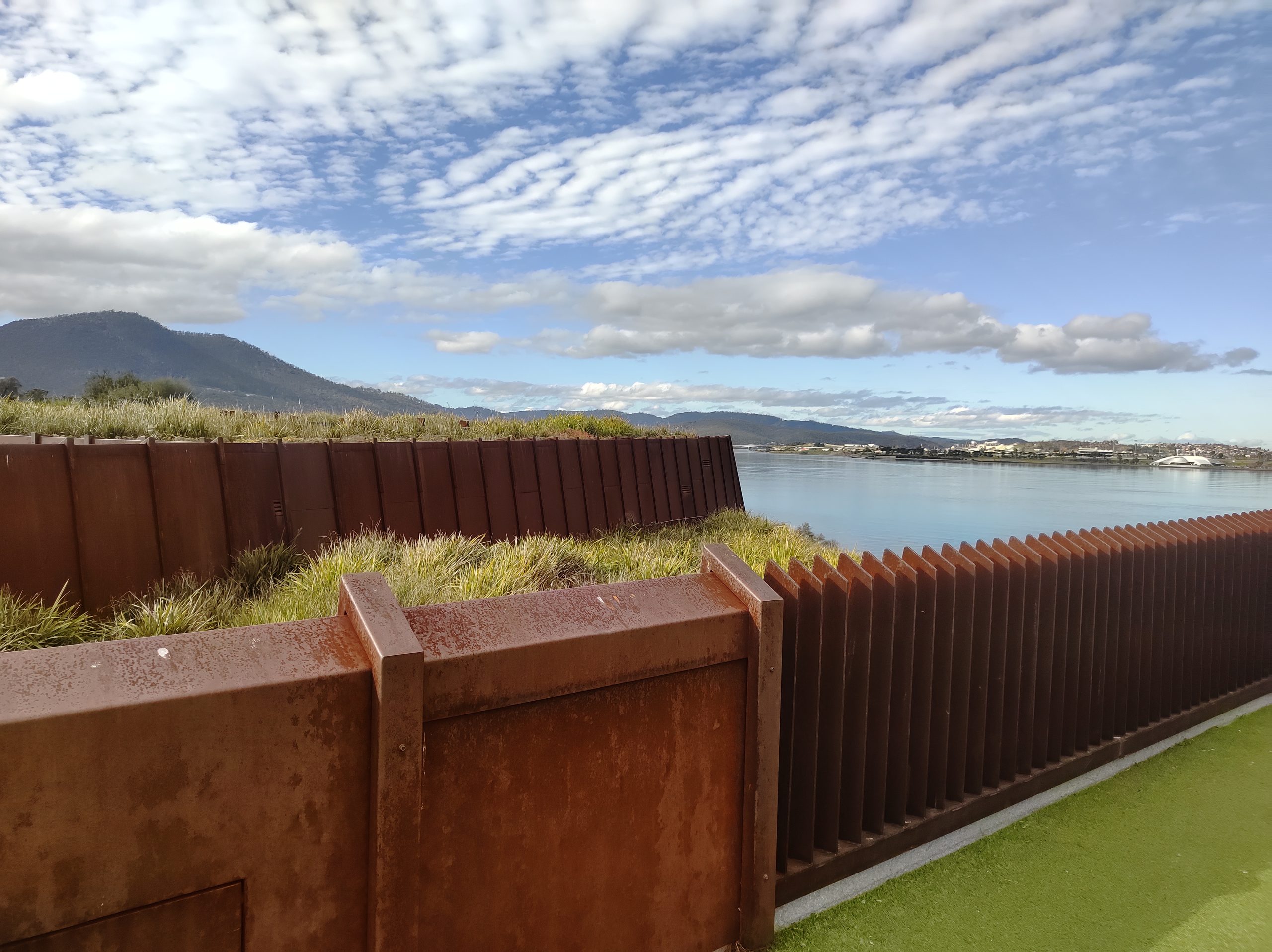
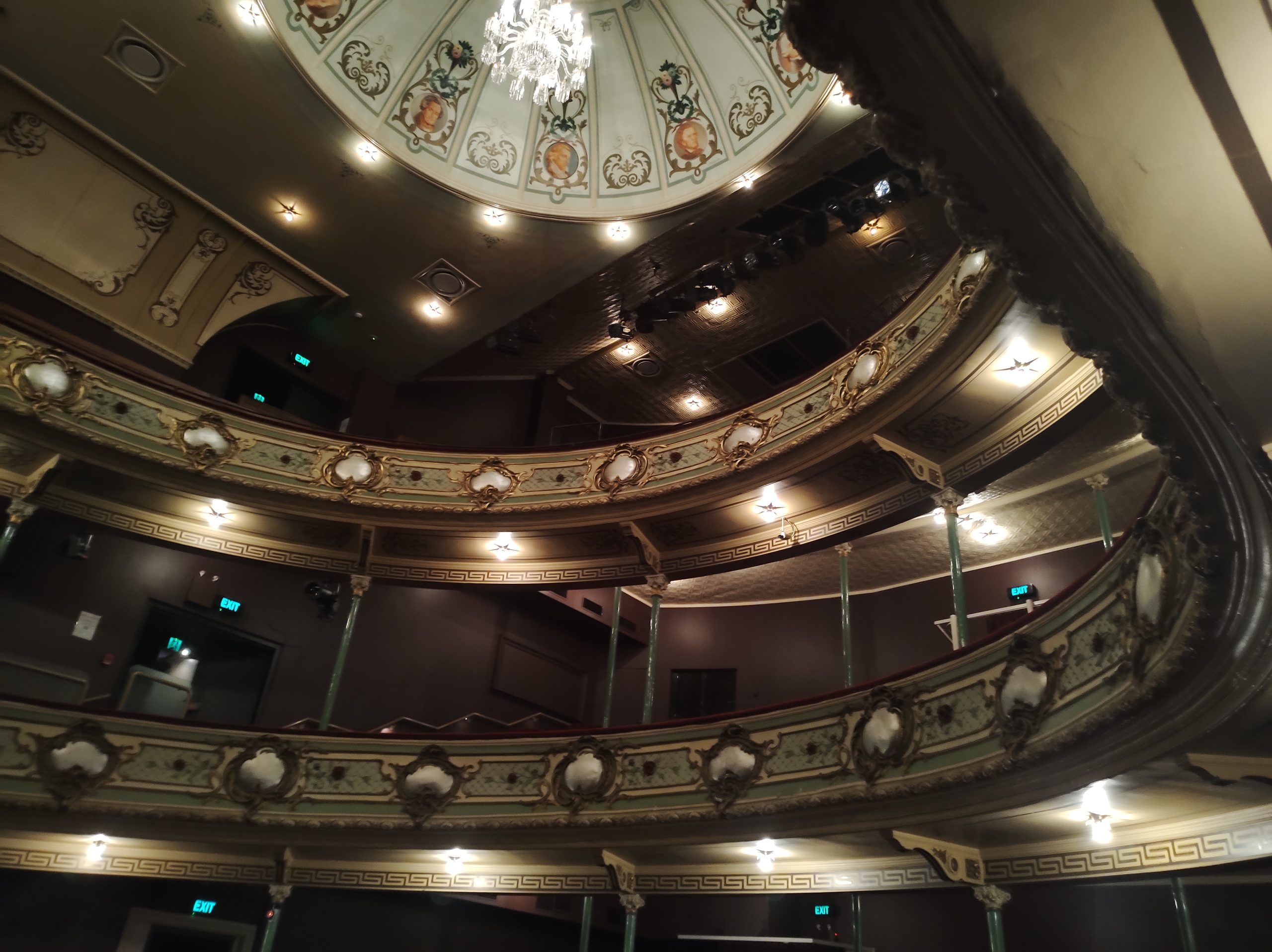


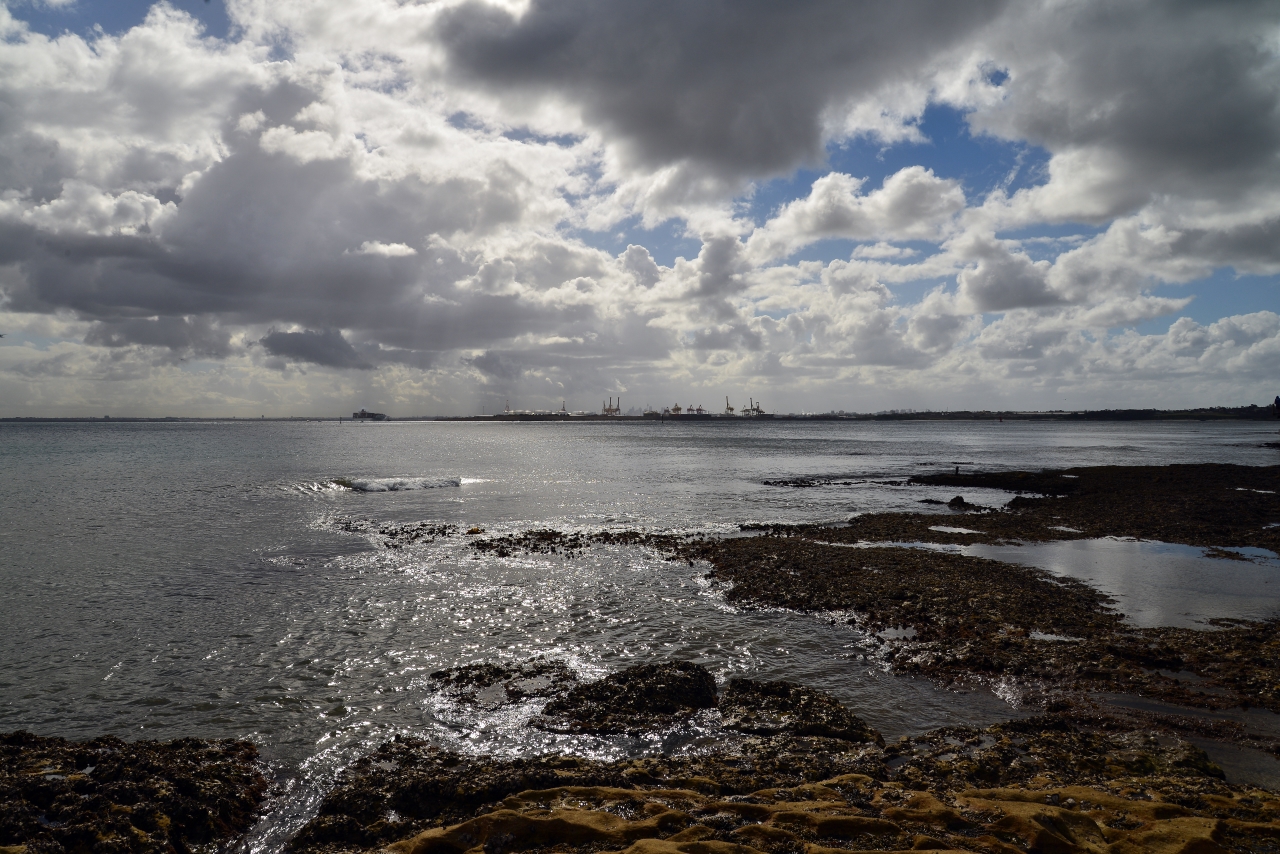
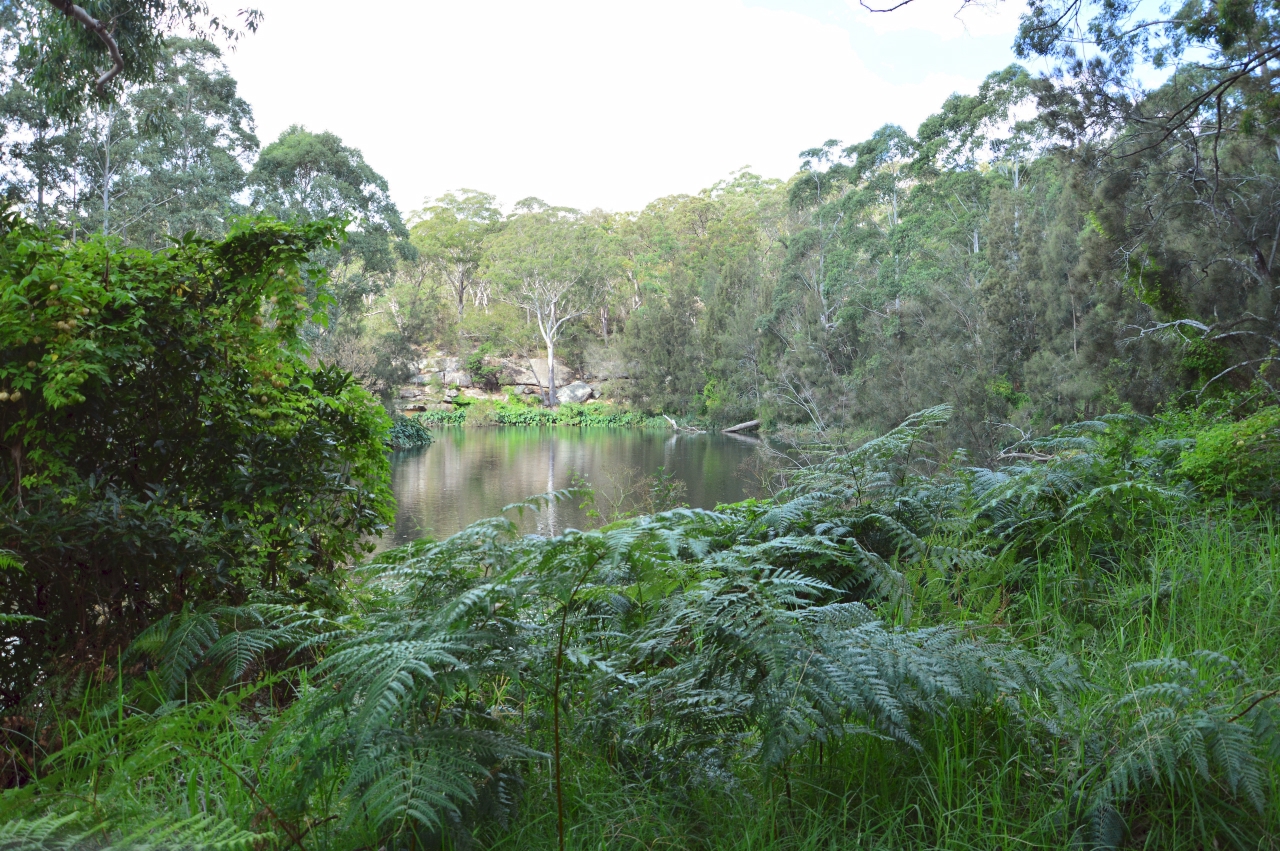
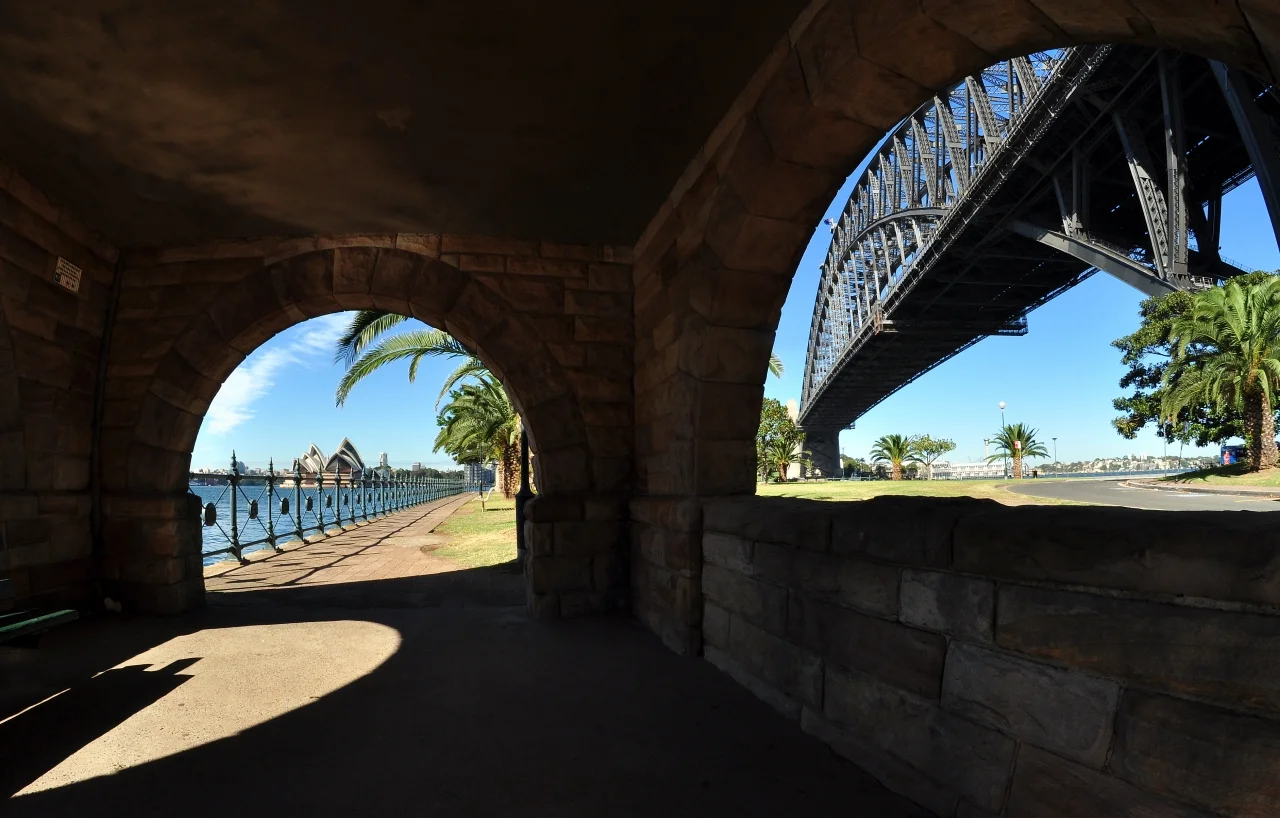
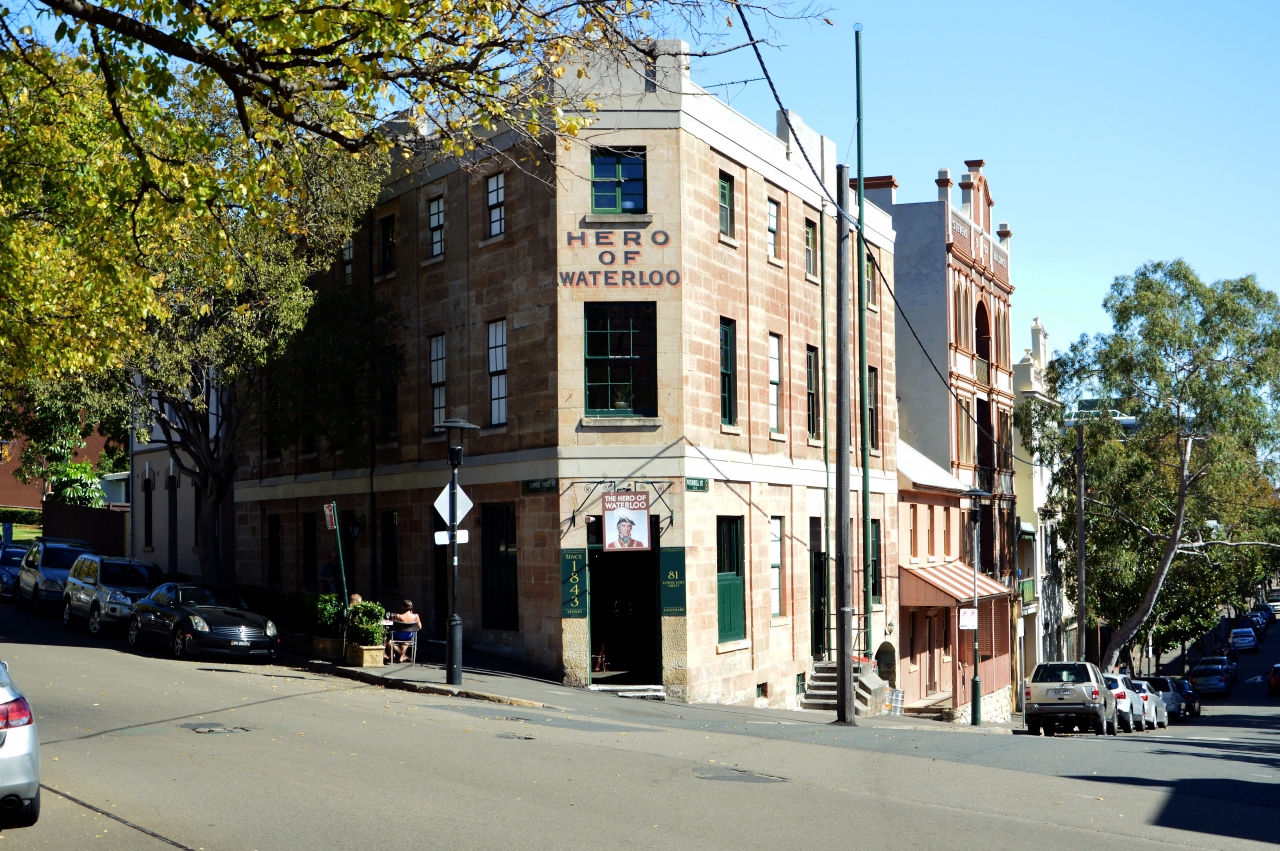
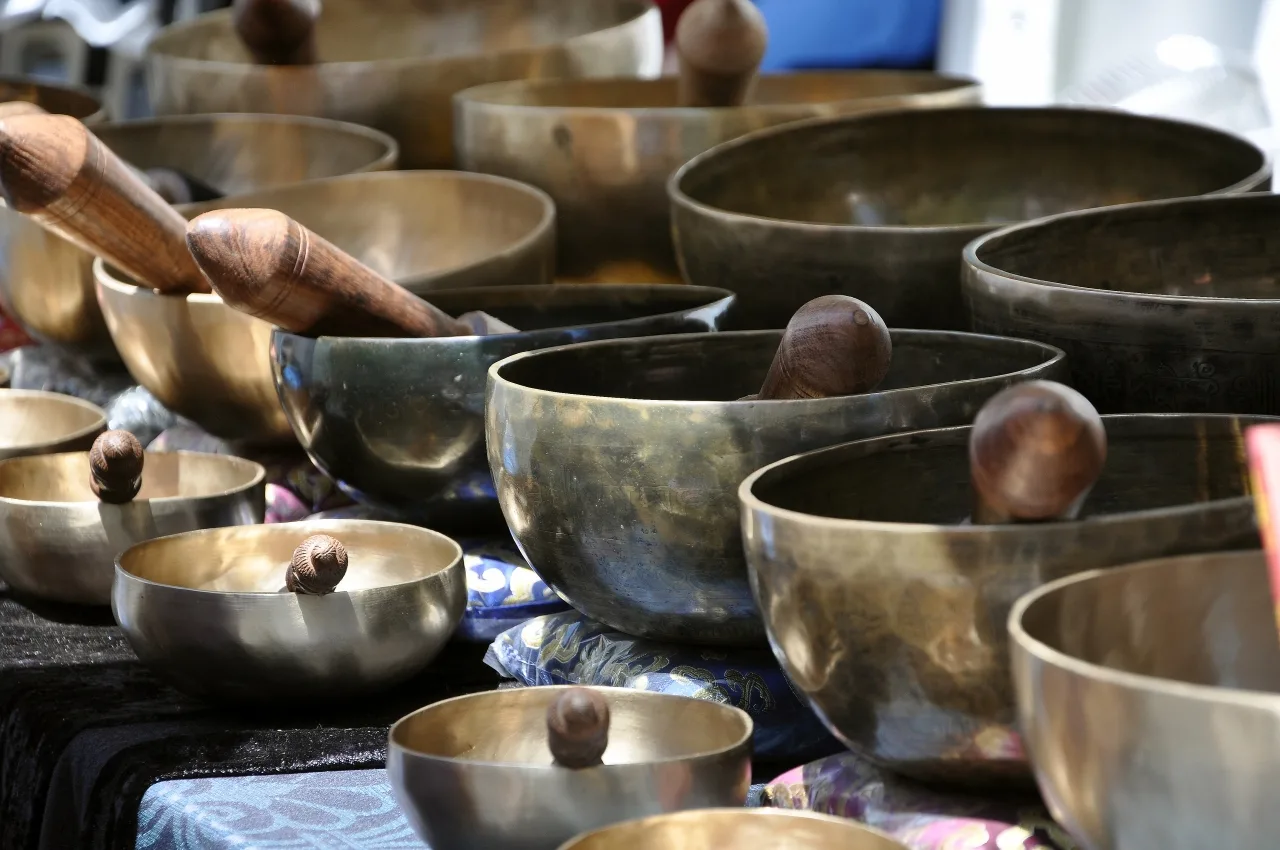
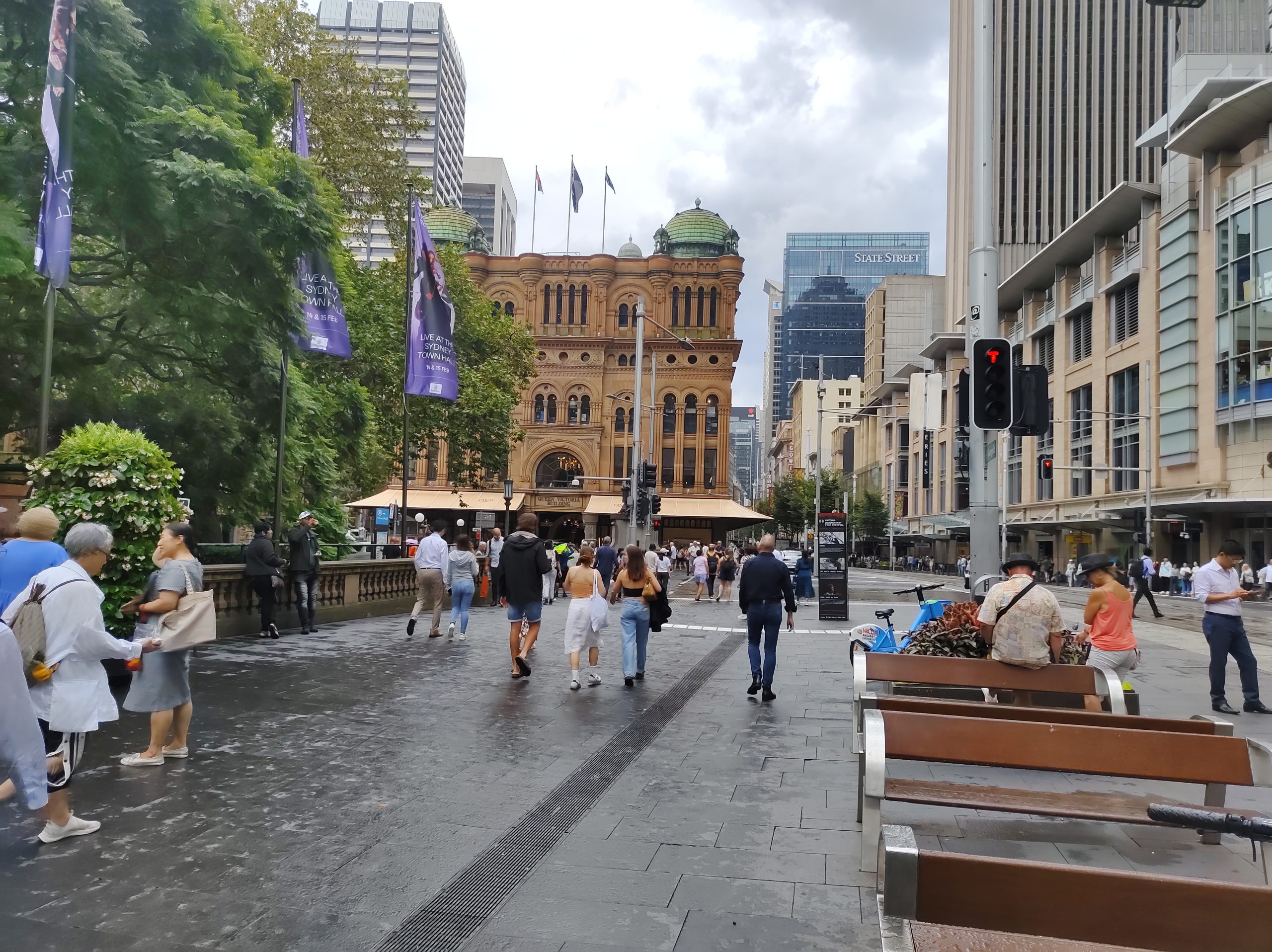
Happy 200 Years Of Cascade Brewery - PhotoChronicles
[…] the BreweryIf you’re in Tasmania, we encourage you to visit Cascade Brewery and experience the celebrations firsthand. Take a tour, […]